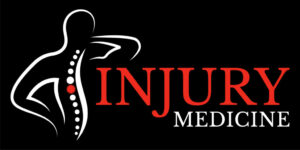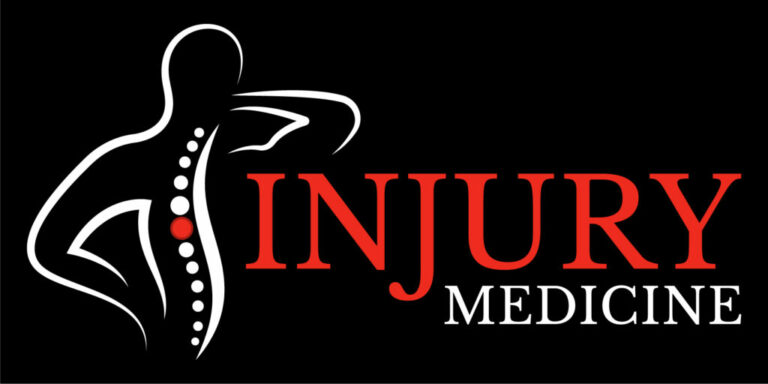A hernia, within the context of law and medicine, refers to a medical condition characterized by the protrusion or displacement of an organ or tissue from its normal position through an opening or weakness in the surrounding muscle or connective tissue. While primarily a medical and anatomical term, hernias can have significant legal implications, especially in cases involving personal injury claims, medical malpractice, workplace accidents, and disputes over liability and damages. This comprehensive definition aims to provide a detailed overview of hernias, their legal implications, and their significance within various legal scenarios.
Medical Characteristics of a Hernia
Types: Hernias can occur in various parts of the body and are often categorized based on their location and the structures involved. Common types include:
– Inguinal Hernia: Occurs in the groin area and involves the protrusion of abdominal contents (often the intestine) through the inguinal canal.
– Femoral Hernia: A less common type that also occurs in the groin area, particularly near the femoral artery and vein.
– Umbilical Hernia: Involves the protrusion of abdominal contents through the abdominal wall near the navel (umbilicus).
– Incisional Hernia: Develops at or near a surgical incision site, typically following abdominal surgery.
– Hiatal Hernia: Involves the protrusion of a portion of the stomach through the diaphragm and into the chest cavity.
– Ventral Hernia: Occurs at the anterior abdominal wall and may result from muscle weakness or previous surgeries.
– Epigastric Hernia: Involves a protrusion of abdominal contents through the upper abdomen.
Causes: Hernias can result from various factors, including congenital predisposition, muscle weakness, increased intra-abdominal pressure (e.g., heavy lifting, straining during bowel movements), obesity, pregnancy, and aging.
Symptoms: The symptoms of a hernia depend on its type and location but often include a noticeable bulge or lump, pain or discomfort (especially during physical activity), a dragging sensation, and in some cases, complications such as bowel obstruction or strangulation, which can be life-threatening.
Diagnosis: Diagnosis of a hernia involves clinical evaluation, medical history assessment, physical examination, and, in some cases, imaging studies such as ultrasound, CT scans, or MRI to confirm the presence and extent of the hernia.
Treatment: Treatment of a hernia typically involves surgical repair to return the displaced organ or tissue to its normal position and strengthen the surrounding muscles or tissues. In some cases, watchful waiting may be appropriate if the hernia is small and not causing symptoms.
Legal Implications in Various Legal Scenarios
Hernias can have legal implications in various legal scenarios, including:
Personal Injury Claims: Individuals who sustain hernias due to accidents, workplace incidents, negligence, or intentional harm may seek compensation for medical expenses, pain and suffering, lost wages, and other damages. Legal proceedings often involve assessing liability and the extent of the injuries, including the hernia.
Medical Malpractice: In cases where healthcare providers are alleged to have failed to diagnose or appropriately treat hernias, patients may pursue medical malpractice claims. Allegations may include diagnostic errors, mismanagement of treatment, inadequate informed consent, or surgical errors.
Workplace Accidents: Employees who sustain hernias in workplace accidents may be eligible for workers’ compensation benefits. Legal proceedings may involve determining the extent of the injury, the impact on the individual’s ability to work, and the entitlement to compensation.
Preventive Measures and Legal Considerations
To mitigate the risk of legal issues related to hernias and promote fairness and accuracy in legal proceedings, individuals, employers, healthcare providers, and legal professionals can consider the following preventive measures and legal considerations:
Safety Measures: Employers should implement safety measures and protocols to reduce the risk of workplace accidents and injuries, including training employees on safe practices, providing appropriate safety equipment, and minimizing the need for heavy lifting.
Prompt Medical Evaluation: Individuals who develop symptoms of a hernia, such as pain or a noticeable lump, should seek prompt medical evaluation and treatment to document the extent of the injury accurately.
Medical Documentation: Thorough and accurate medical records should be maintained, including documentation of clinical evaluations, diagnostic findings, treatment plans, surgical procedures, and informed consent forms.
Rehabilitation and Recovery: Participation in rehabilitation programs can help individuals recover from hernia repair surgery and regain their normal activities and functions.
Independent Medical Examinations: In some legal scenarios, independent medical examinations (IMEs) may be requested to assess the extent of the injury, its impact on the individual’s life, and the need for ongoing treatment or accommodations.
Legal Consultation: In cases where hernias result in significant harm, complications, or legal disputes, individuals should consult with legal professionals who specialize in personal injury, workers’ compensation, medical malpractice, or workplace injury claims to understand their rights and potential legal options.
Conclusion:
A hernia refers to a medical condition characterized by the protrusion or displacement of an organ or tissue from its normal position through an opening or weakness in the surrounding muscle or connective tissue. While primarily a medical and anatomical term, hernias can have legal implications in cases involving personal injury claims, medical mal
practice, workplace accidents, and disputes over liability and damages. Legal professionals, healthcare providers, individuals, and employers should collaborate to ensure fair legal outcomes and promote the accurate assessment of hernias and their impact on individuals’ lives. Proper medical assessment, treatment, documentation, safety measures, and access to legal counsel are essential factors in achieving equitable solutions in cases involving hernias.

